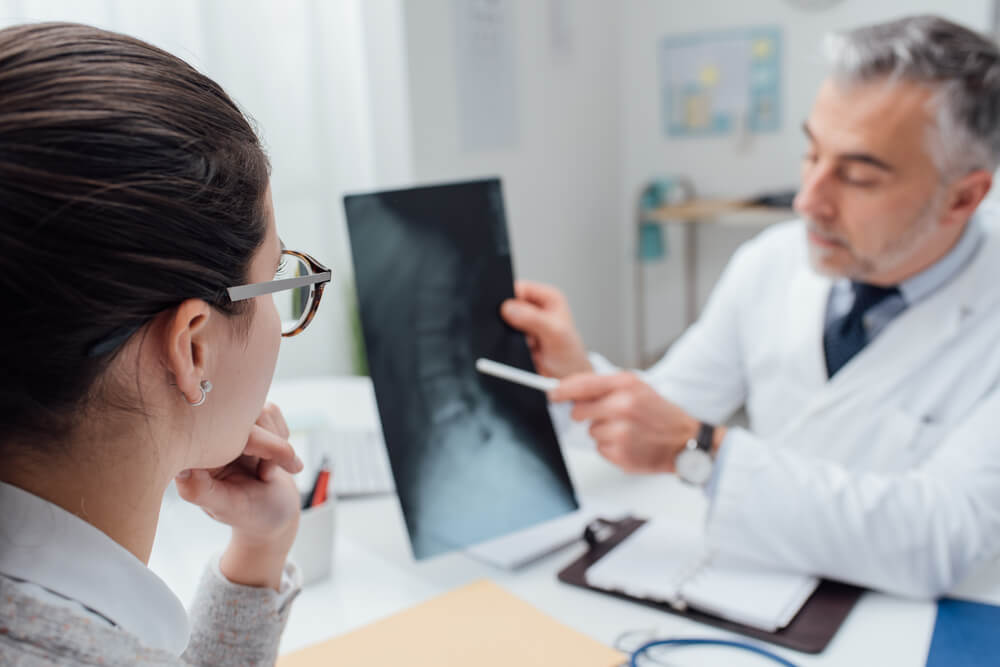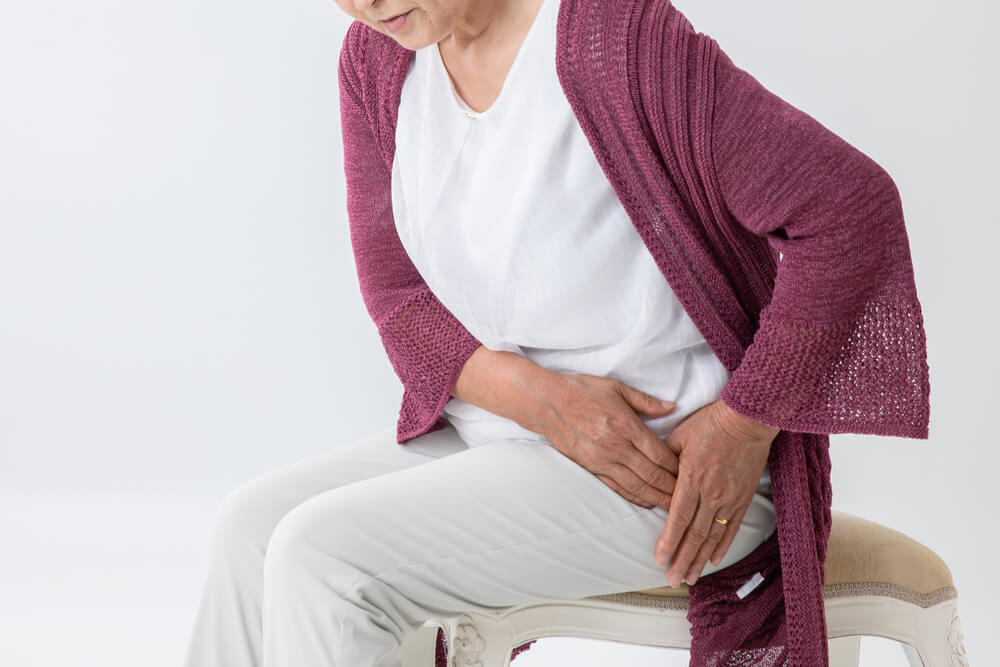By definition, both osteopenia and osteoporosis are medical conditions that have a negative effect on the health and strength of our bones. Still, the differences between osteopenia and osteoporosis lie in the level they cause to the bones.
In this article, the team at Fern F. Taichenchoiy-Bent, MD LLC has written down the basic similarities and differences between the two conditions, aiming to give you more insight into the osteopenia vs. osteoporosis debate. And if you are looking for a bone density test in Margate, Florida, don’t hesitate to reach out to us after this article.
Also, if you are looking for the services of a female gynecology specialist in Margate, Florida, don’t hesitate to reach out to us, no matter whether you want to learn more about the differences between osteopenia and osteoporosis or other subjects.
Now, let’s get back to the subject at hand.
The Key Differences Between Osteopenia and Osteoporosis: An Overview
As mentioned above, both conditions usually diagnose a condition that affects our bones. Typically, bone damage will mean weakened bone strength over time. Usually, the strength of our bones is measured with BMD scores or bone mineral density scores. This test literally measures to level of specific minerals in your bones, such as calcium, for example. Needless to say, lower scores will mean that patients are at a heightened risk of bone breaks and fractures.
On that note, when comparing osteoporosis and osteopenia, the latter can be easily considered as the first step toward developing osteoporosis. Typically, osteopenia would mean that the patient’s bone density is at lower levels than what is expected, but it’s not yet dangerous enough to cause any serious problems.
Typically, human bone density peaks at around age 35 and then starts to decrease. The decrease of density will slightly happen at a different pace for each individual, but generally, osteopenia is diagnosed after 35. Usually, the condition develops with no apparent symptoms, but when patients are starting to experience problems with easily breaking bones, their healthcare provider might recommend a bone density test.
To be more specific, when looking at osteopenia vs. osteoporosis by the numbers, as mentioned above, both describe bone density scores that are lower than average. Specifically, a bone density score that hovers between -1 and -2,5 will constitute osteopenia. On the other hand, if the bone density score crawls below -2.5, then doctors usually diagnose osteoporosis.

More About Osteoporosis
When looking at osteoporosis vs. osteopenia, it’s easy to see that the first one is the more severe condition, as it is basically a progression of the latter. As our bone density decreases with age, the structure inside the bones that best resembles a honeycomb will become even more porous. And, the more of these open spaces patients will have in their bones, the less dense they are and the weaker they will be. Such fragile and light bones that develop with the condition can cause patients to break and fracture their bones more frequently, even when performing simple daily tasks.
Again, as mentioned above, to diagnose osteopenia vs. osteoporosis, experts will use BMD tests and the results (T scores) to assess the extent of the damage in the bones.
Osteopenia and Osteoporosis: Who Are At Risk The Most?
Unfortunately, bone density will occur in everyone. Typically, after the age of 35, the strength of our bones starts to decline. Still, specific risk factors may accelerate the decline in some people.
That said, individuals in the categories below may be at an increased risk for developing osteopenia first and, over time, may even receive an osteoporosis diagnosis.
- Women.
- Women over the age of 35.
- Those with Asian or Caucasian ancestry.
- Those with a thinner and smaller frame.
- Those living a sedentary lifestyle.
- Individuals who have a history of poor nutrition which lacks specific essential minerals and nutrients.
- Consuming alcohol.
- Being a smoker.
- Undergoing specific hormonal changes.
- Having thyroid disease.
- Undergoing menopause.
- Taking specific medications and compounds like steroids.
Diagnosing Osteopenia and Osteoporosis
Given that osteopenia often emerges without noticeable symptoms, you might remain unaware of your bone’s diminishing strength until substantial issues arise or the condition advances to osteoporosis. A primary care physician could evaluate your susceptibility to osteopenia and osteoporosis through screening. If your risk for osteopenia or osteoporosis is deemed elevated, your healthcare provider might recommend bone density testing.
On that note, these tests for bone density will usually be performed with the help of dual-energy X-ray absorptiometry scans, also often simply called DXA or DEXA scans, by scanning the lower spine and the hip.
Typically healthcare providers will recommend testing for:
- Women over the age of 65,
- Women who are under 65 and have obvious evidence of having lower bone density.
- Men who are over the age of 70,
- Men who are over the age of 50 and have specific bone loss risk factors.
Typically, experts will use the BMD measurements together with Racture Risk Assessment Tool or FRAX scores to get a better understanding of the patient’s overall bone health, which often proves essential in finding the right treatment method.
Osteopenia and Osteoporosis: Prevention and Treatment
Usually, the optimal approach to treating osteopenia focuses on halting the further decline in bone density and preventing the condition’s advancement into osteoporosis. Although genetics and age are beyond one’s control, several beneficial measures can be adopted to decelerate bone loss and mitigate the progression of the condition.
For example, the following strategies may be utilized to reduce your risk of losing more bone density:
- Seizing tobacco use.
- Reducing the amount of alcoholic beverages you consume.
- Trying to eat a balanced and healthy diet rich in minerals and vitamins.
- Considering using mineral and vitamin supplements.
- Staying active and prioritizing weight-bearing exercises
If these approaches do not yield results, or if your condition has progressed to osteoporosis, your physician might recommend medications or treatments aimed at curbing further bone deterioration. These potential interventions could involve:
- Calcium supplements
- Hormone medications, such as procalcitonin
- Vitamin C supplements
- Physical therapy
- Taking bisphosphonates or ibandronate
- Hormone replacement therapy
- Undergoing antibody therapies like romosozumab and denosumab

Putting it All Together With Osteopenia and Osteoporosis
Diminishing bone density is an inherent aspect of the aging process, yet certain factors, such as gender and dietary choices, can accelerate this progression.
If your bone density drops below the expected level, you might receive a diagnosis of osteopenia. Despite being less severe than osteoporosis, this condition warrants significant attention.
Having osteopenia allows you to introduce changes that can protect your bone health. Should your condition progress to osteoporosis, it’s advisable to seek advice from your doctor about strategies to maintain bone strength and prevent further decline.
To learn more about these conditions and the available treatment options, don’t hesitate to contact us today.




